If you plan to spend any time out in nature, it’s crucial to know the 7 Leave No Trace Principles (LNT). When we go for a hike or go out camping we need to remember that we are not only spectators, but participants in a delicate ecological balance. With the increasing popularity of outdoor activities, it becomes even more imperative to understand and practice these principles. They serve as a guide to help us enjoy our outdoor experiences responsibly while minimizing our impact on the environment. They also ensure that these splendid natural spaces remain vibrant and accessible for future generations to come. Mastering the LNT principles is the first step toward becoming a conscientious and responsible outdoor enthusiast.
This is just simple overview, but if you want to read more about how to be a better advocate and recreate responsibly, visit LNT.org.
*This post is not sponsored. Some of the links shared in this post may be affiliate links meaning I make a small commission off of your purchase (with no extra cost to you). This allows me to continue to create free content for my readers. Thank you for your continued support!
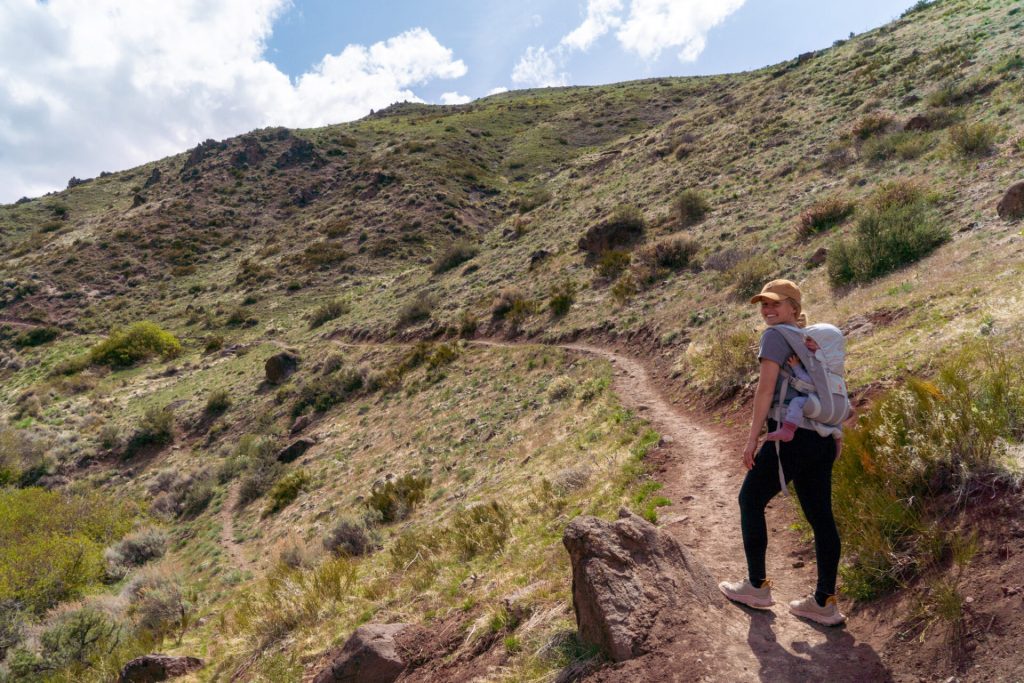
Plan Ahead and Prepare
Whether you’re setting off for a long trek or a short hike, it’s important to familiarize yourself with the area you intend to visit, understanding its unique ecosystems, potential dangers, and any restrictions it may have. You might need to prepare for particular conditions, such as bear activity or delicate habitats. Special gear like a bear canister or a wag bag (for human waste) may be required. Also, some places might have restrictions on bringing pets or using certain equipment. Knowing and respecting these rules is the first step in leaving no trace.
Travel and Camp on Durable Surfaces
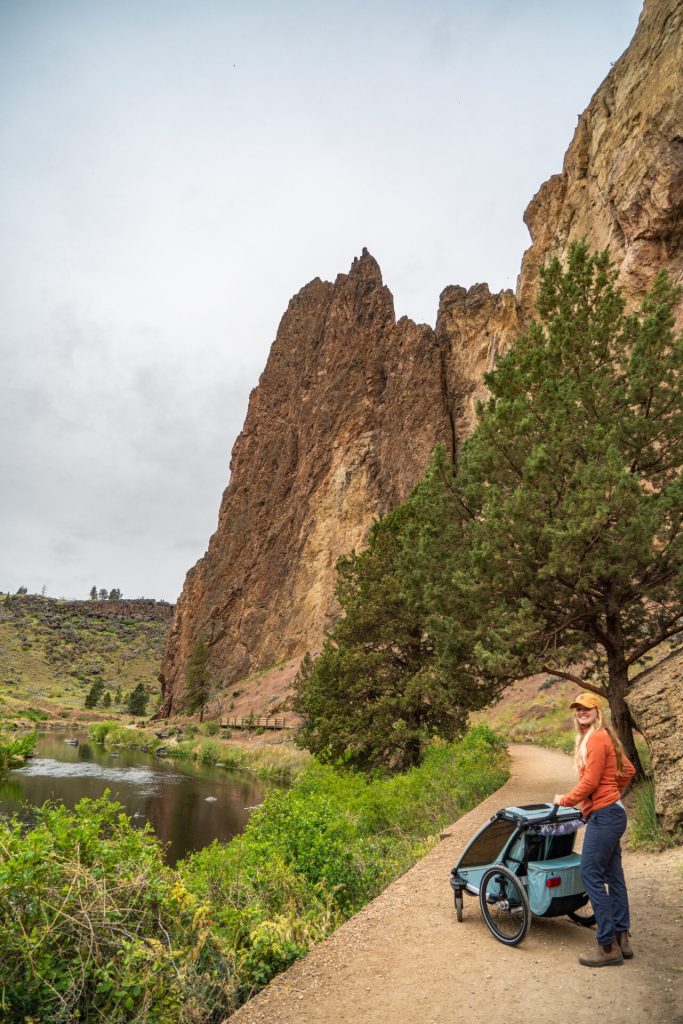
The second of the leave no trace principles is about minimizing your physical impact on the landscape. Stick to established trails to avoid damaging vegetation or contributing to soil erosion. Even in seemingly barren environments like the desert, the ground could be home to cryptobiotic soil—a delicate crust that nurtures microbial life. Stepping on this crust can cause irreparable damage to these tiny ecosystems.
If you are out camping, make sure to set up your tent in designated areas. If you’re in a remote area, try to find a rock, gravel, dry grasses, or snow to pitch your tent. These surfaces are resistant to wear and can recover quickly from the impact of camping.
Avoid camping near bodies of water, as the vegetation around these areas is often sensitive to trampling. Besides, camping too close to water bodies can lead to water pollution and disturb local wildlife. As a general rule, camp at least 200 feet away from lakes and streams.
In areas without trails, camping should be done at least 200 feet from any trail to avoid visual pollution and to maintain a sense of solitude for other hikers.
Dispose of Waste Properly
“Pack it in, pack it out” is a common saying in the outdoor community and an important to remember. All the trash you generate should leave the wilderness with you. This includes items like food scraps, chewing gum, and toilet paper. The same applies to pet waste, which does not decompose like the waste of wild animals and can negatively impact the local ecosystem.
Some areas require you to pack out your human waste (poop). This usually occurs in thedesert where the sand wont break down the waste, canyons where there’s not enough surface area to bury everyone’s waste, and rocky terrain like up higher peaks. You can use a wag bag to pack your waste out.
Leave What You Find
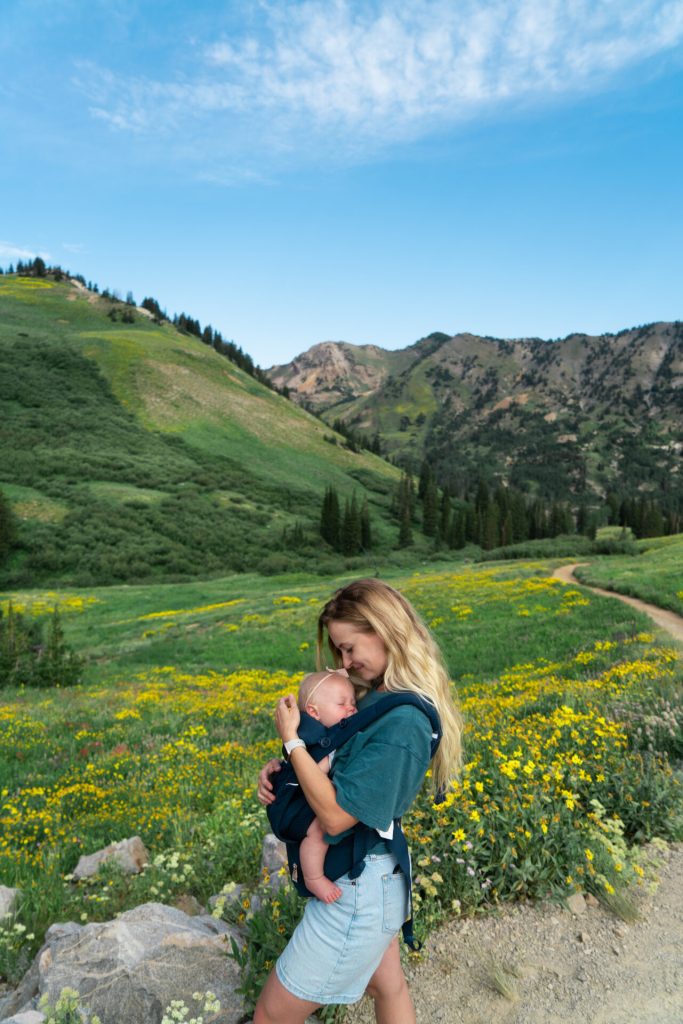
While you might be tempted to bring a souvenir home like wildflowers or fossil, removing these items can disrupt the local ecosystem and rob future visitors of the joy of discovery. Instead, encourage children to explore and interact with nature without taking or altering anything. Consider taking photographs or drawing pictures as a way of remembering your visit.
I have found this one to be most prevalent when I’m out hiking with my toddler. He is always wanting to pick the flowers or take treasures home. There are many learning opportunities and I don’t get mad if he doesn’t follow it perfectly. Raising responsible outdoor enthusiasts is a process and will benefit our earth for years to come.
Minimize Campfire Impact
Campfires when backpacking and camping can be a great source of warmth and comfort, they can also cause devastating wildfires or long-term damage to the land. Always adhere to local fire regulations and use established fire rings if available. Always use local wood to avoid introducing foreign wood to the area, as this can spread harmful insects or diseases. If you are going to be sourcing your own wood instead of buying it locally, make sure to only use already deadwood. Consider alternatives like using a portable stove for cooking.
Respect Wildlife
Wildlife encounters can be exhilarating, but they should always be from a distance. Feeding wild animals can disrupt their natural feeding habits and increase their dependence on humans. Similarly, moving off the trails can intrude on animals’ territories and disturb their natural behavior. Take time to observe wildlife, but remember that we are visitors in their home.
Here is a list of common wild animals and the recommended distance you should maintain from them:
- Bears: Stay at least 100 yards (about the length of a football field) away. If you encounter a bear, do not run; instead, pick up your kids, back away slowly and speak in a calm, assertive voice.
- Moose, Elk, and Deer: Keep a distance of at least 50 yards, or half a football field. These animals can become surprisingly aggressive, especially during mating season or if they are with their young.
- Wolves and Coyotes: Maintain a distance of at least 100 yards. Never turn your back on them or run.
- Foxes and Raccoons: Stay 50 yards away. These animals might look cute, but they can carry diseases such as rabies.
- Mountain Lions (Cougars): Maintain a distance of at least 50 yards. Do not run or turn your back. If the mountain lion appears threatening, pick up your kids or put them behind you, make yourself look larger by raising your arms or jacket above your head, and standing on your toes.
- Bighorn Sheep and Mountain Goats: Keep a distance of at least 50 yards. They can be very protective of their space and become aggressive.
- Birds of Prey (Eagles, Hawks, Owls): Remain at least 150 yards away. Disturbing these birds can lead them to abandon their nests.
- Snakes: Keep at least 6 feet away, or more if it’s a venomous species. Never try to handle a snake in the wild.
- Bison and Buffalo: Stay at least 75 yards away. Despite their size, these animals are surprisingly agile and can become aggressive if they feel threatened.
- Marine Wildlife (Seals, Sea Lions, Dolphins): The National Oceanic and Atmospheric Administration (NOAA) recommends staying at least 50 yards away from seals and sea lions. For dolphins, the recommended distance is 50 yards for non-motorized watercraft and 100 yards for motorized watercraft.
Remember, these are general guidelines, and the recommended distance can vary depending on the behavior of the animal, its size, and whether it is alone or with offspring. If you’re unsure, it’s always better to give wildlife more space. Also, remember that it is illegal and harmful to the animal to feed wildlife in many parks and protected areas.
Be Considerate of Others on the Trail
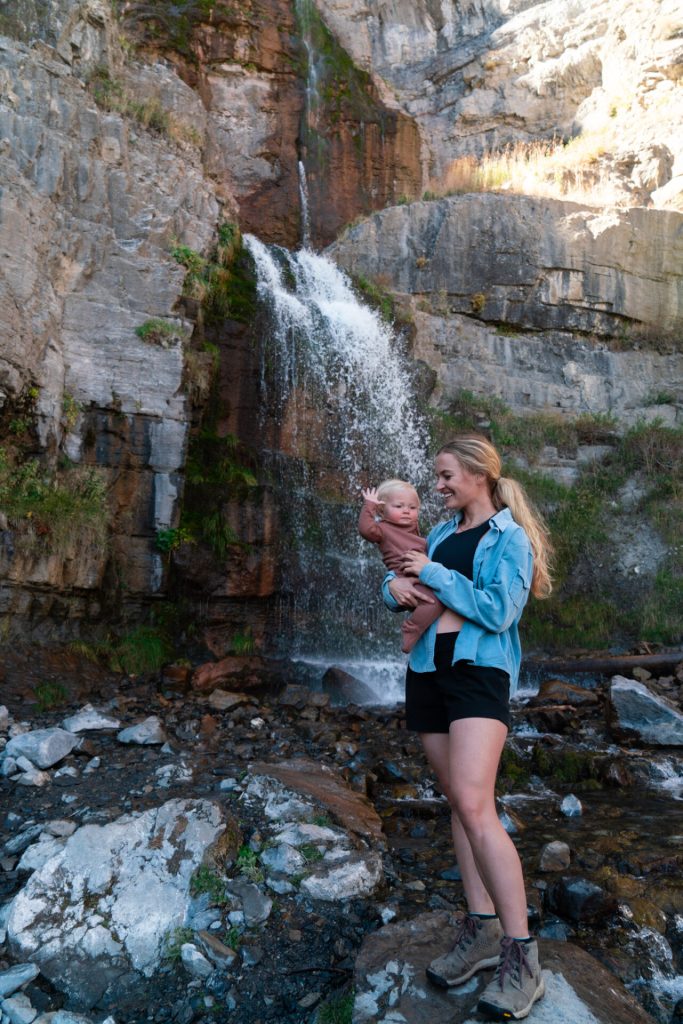
The last of the Leave No trace Principles reminds us that respecting nature also extends to respecting other visitors. Everyone is welcome on the trail regardless of age, race, gender, sexual orientation, etc. Keep noise levels down and allow others to enjoy the tranquility of the outdoors. Yield to uphill hikers when you’re going downhill. Say a simple hello when you pass on the trail. These simple gestures foster a sense of community and shared responsibility on the trails.
By following the seven Leave No Trace principles, we can all contribute to preserving the beauty and integrity of the outdoors for future generations. As visitors to these wild places, we must remember to respect, conserve, and most importantly, leave no trace.
If you have questions or want to read more about Leave No Trace, check out their website here!
Check out my other posts about hiking for beginners:

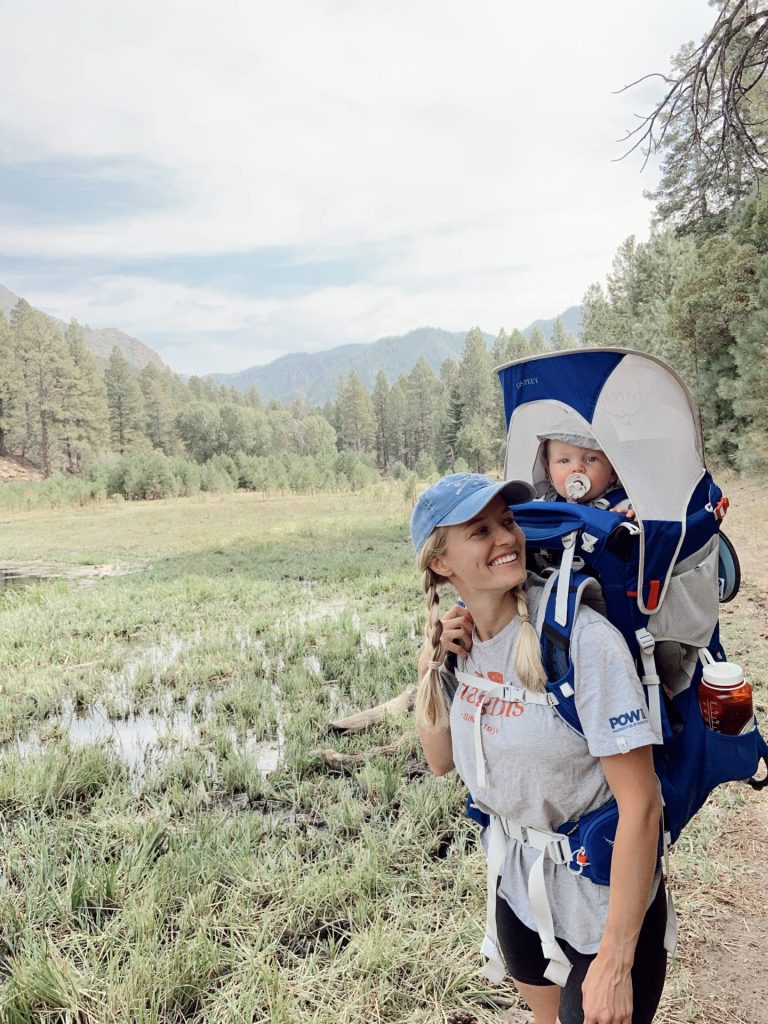

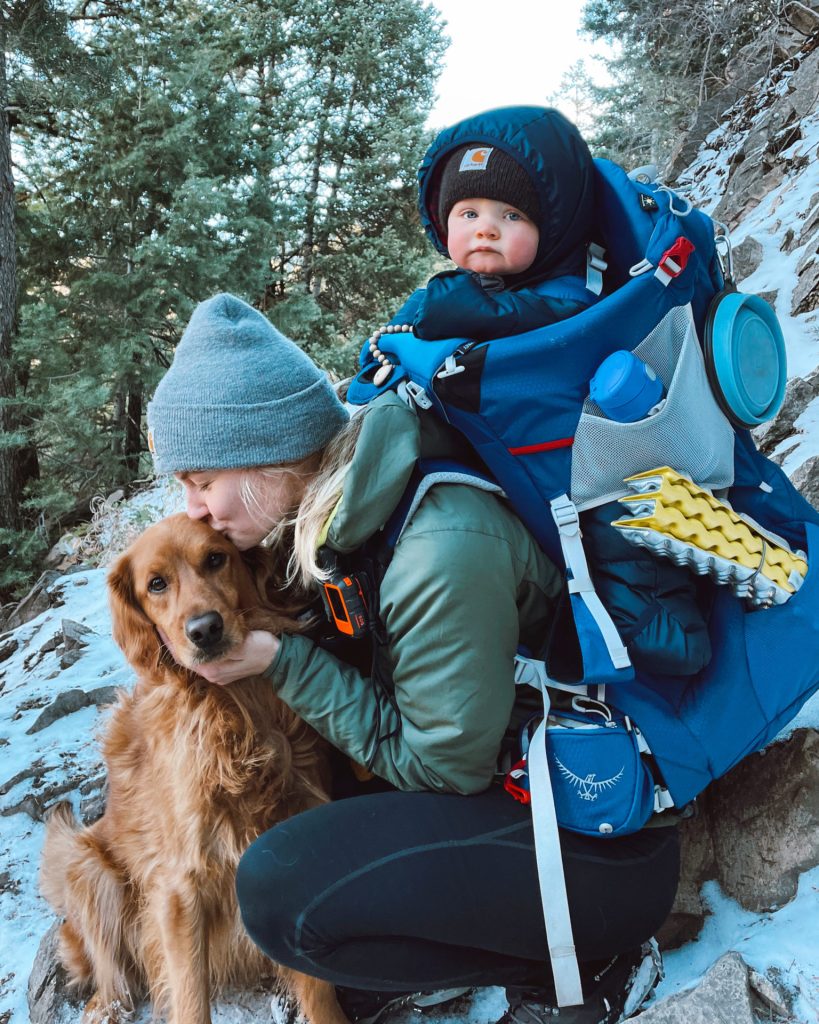
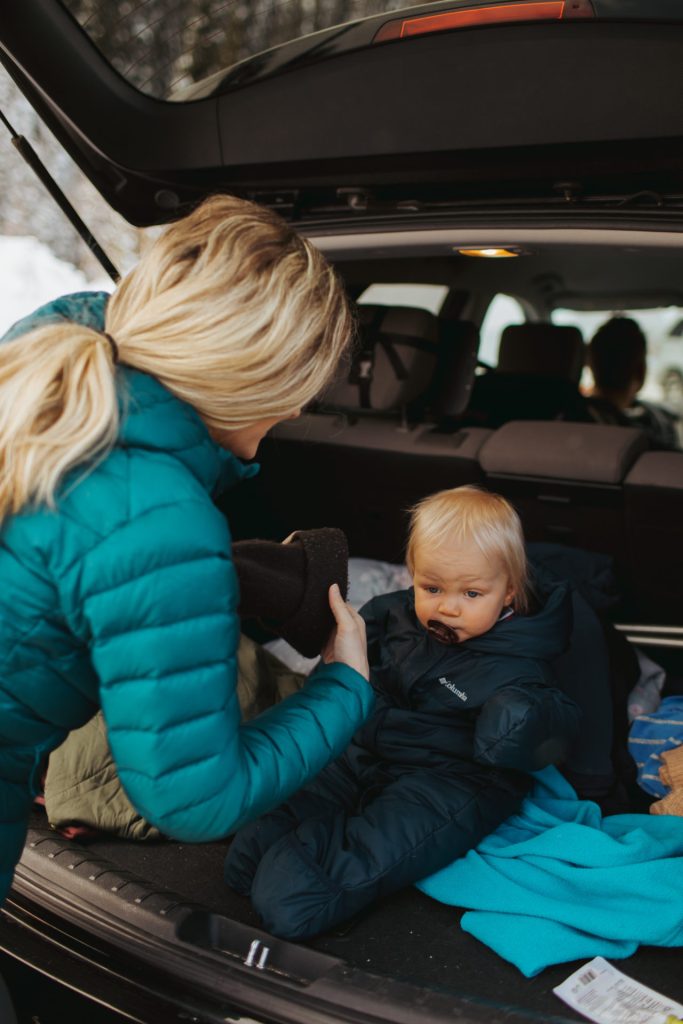

Pingback: How to find dispersed campsites - Hailey Outside
Pingback: 5 Ways To Stay Safe When Hiking Alone - Hailey Outside